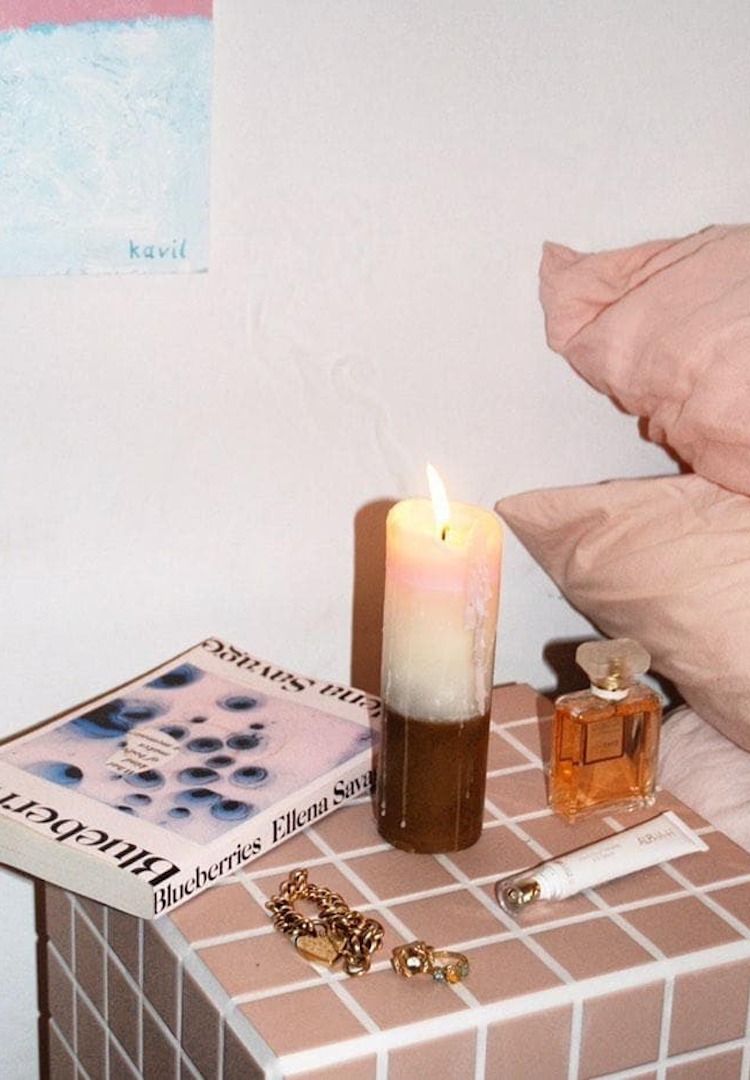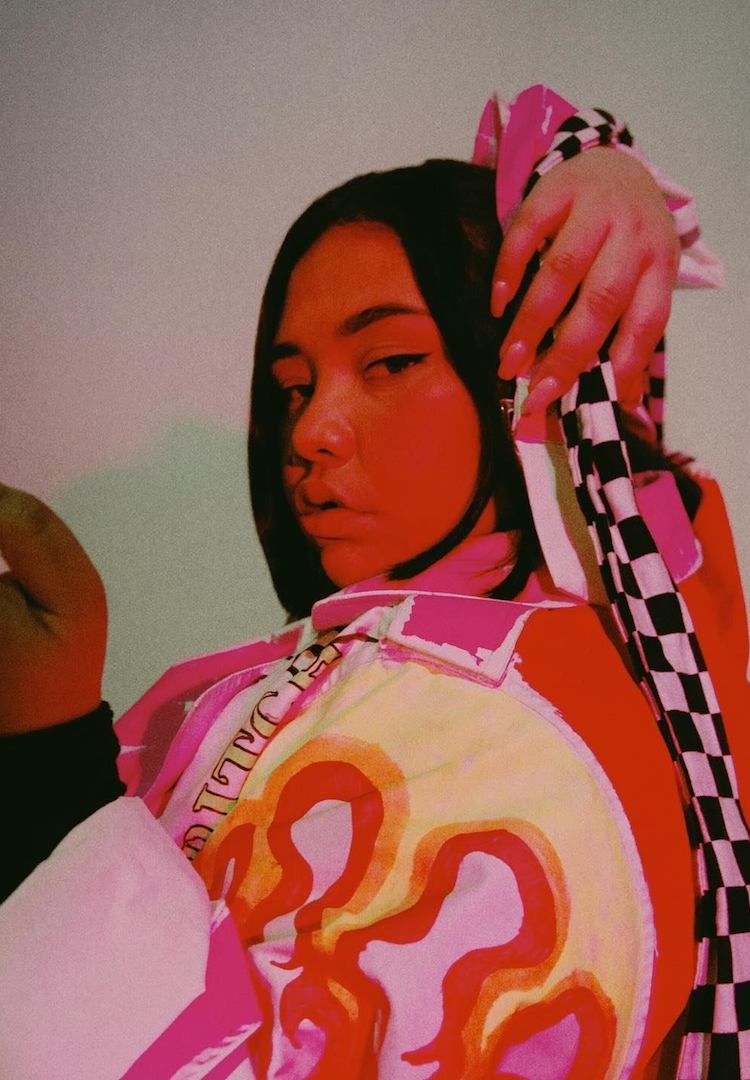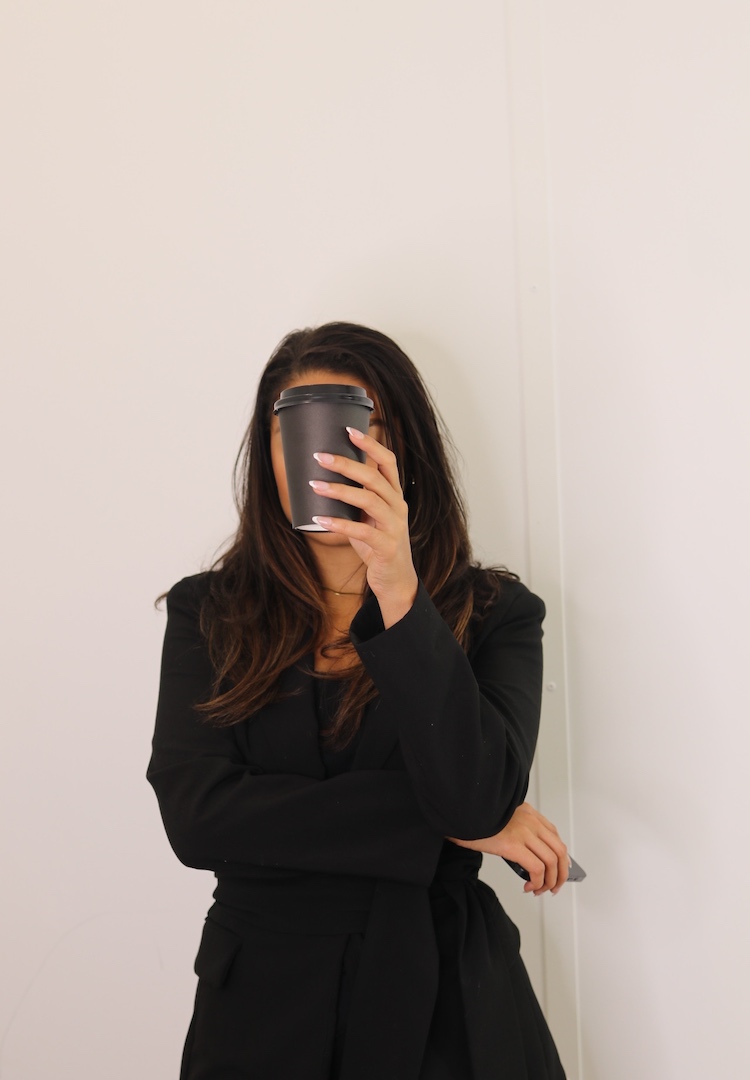Here’s how to write a job ad to attract the right people
PHOTOGRAPHY BY NIKOLA DUKIC
WORDS BY ALYCE GREER
Everything you need to know.
Earlier this year, as the pandemic-who-must-not-be-named was really taking off, I posted a job ad online to expand my team at Bossy. Copywriting. I expected 10 applications, maybe 20. Of those, I thought five might be worth a look. So you can imagine my shock (and horror over the impending admin) when I received over 200 applications. Even more surprising was the fact that a very high percentage were quality applications.
While the timing was interesting, it wasn’t totally responsible. I had a business-owning friend who was recruiting staff around the same time (also in a creative industry) who could count her applications on one hand. To be honest, I think it was my job ad’s fault. I spent a lot of time (too much?) crafting the perfect job ad that mirrored my tone, gave all the important info, and painted a picture of what it’s like to actually work at Bossy.
Em and Shelley from My Millennial Career agree. I spoke with them about what it takes to create a job ad that attracts not only lots of applicants, but the right applicants. At this point, when so many people are looking for work, it’s never been so important.
Em and Shelly, what’s more important: writing a job ad that attracts lots of applicants, or writing a job ad that might attract fewer people but the right people?
Emily: In the early stage, quantity is best. You’re in that early attraction phase – the goal is to cast the net wide so you get as many potential “buyers” as possible, and then you have the power to choose whether or not you take them through to the next stage. It’s near impossible to write a job ad that attracts only quality candidates, but that doesn’t mean you can write the scrappiest job ad ever. You still need to care and put in effort in order to get quantity applicants. You still need to write a really great job ad!
Shelley: Yep, in my opinion, more is more. It gives you the ability to benchmark; to have a reference point or comparison. When you only have a handful of applicants, in the back of your mind you’re always wondering, “Do I have the right talent in this group?”
What exactly should we include in the job ad to attract the right people, and why are these things important?
Emily: First and foremost, focus on the emotional connection. Zero in on your company values and the sense of what you’re here to achieve, as opposed to a list of tasks or responsibilities, because that’s not overly inspiring.
Shelley: For me, it’s all about the vibe. Each business has its unique vibe and culture – how do you play that up through your job ad? This will really define the chemistry between the candidate and the business. If you can, try not to make it too boring! How many times do you see ads online and think “Wow, that looks like the most boring place to work”. On the other hand, then you see a job ad that talks about the vibe, it totally piques your interest. I saw a job ad recently where the company was asking for a gutsy, bold employee. I think that’s perfect – there’s emotion, and it’s clear what the business is all about. It connects people differently, and usually attracts the right cultural fit, better than a standard task list can.
Are there common things that might actually hinder us from finding the right candidate?
Emily: It’s all about first impressions, even in job ads. One of the biggest turn-offs is when a job ad is not written well – that means bad spelling and grammar. Also, job ads usually perform better when they have a clear sense of what the candidate will get out of it. When Seek gives advice on optimising a job ad, they recommend you focus clearly on what’s in it for the person. Sometimes it’s salary, although we don’t see a lot of that. Usually, it’s employee benefits. It might be typical things like reward and remuneration, or it might just be what they’re actually contributing to. Think about your company and the types of people you want working there. What are their motivators, drivers and values, and how can you tap into those?
The best kind of workplace is a diverse workplace, so what can employers do even at this early stage to ensure they’re creating an inclusive space that all people feel comfortable joining?
Emily: Language is a massive one. In terms of gender equality, I’d suggest employers use the online tool, Language Decoder – you can copy and paste your job ad here and it will give you a sense of how masculine or feminine your language is. There are often words used in job ads, like ‘driven’ or ‘hustler’ that are very attractive to men, but not so much to women. If women see those words, they’ll often consciously or subconsciously choose not to apply. It doesn’t resonate, they will feel intimidated by it and they will steer away.
Shelley: Another thing is being conscious of your industry. If you work in a particularly male or female-dominated industry, what can you do proactively to attract a more diverse group? For example, in tech, I know a lot of companies struggle to find female coders. It takes time and effort to think about how you can attract a more diverse pool for the job you’re advertising.
Importantly, you also need to think about how you can recruit and enable racial diversity at this point, too. A big step is to consider any subconscious racial bias. We try to prompt managers to be aware of their own bias as early as the recruitment phase because that’s going to come out in the application process all the way through to the interview stage. We all have racial bias whether we know it or not, so it’s vital to look for that, sense check and have other people review the job ads too, so it’s not just written from a very one-sided point-of-view.
My Millenial Career is hosted by Emily Bowen, a recruitment and customer experience specialist who is obsessively curious about the daily collision between business and humans, and Shelley Johnson, a human resources and management consultant whose focus is to see people achieve their personal career goals while enabling businesses to achieve theirs.
Alyce is a contributing writer for Fashion Journal and the director and head writer at Bossy, a Melbourne-based copywriting and content studio. You can find Bossy here and here.
Looking to step up to a career in fashion? Each week we send a wrap of industry jobs straight to your inbox. Enter your details below and we’ll keep you in the loop, or browse current openings here.













